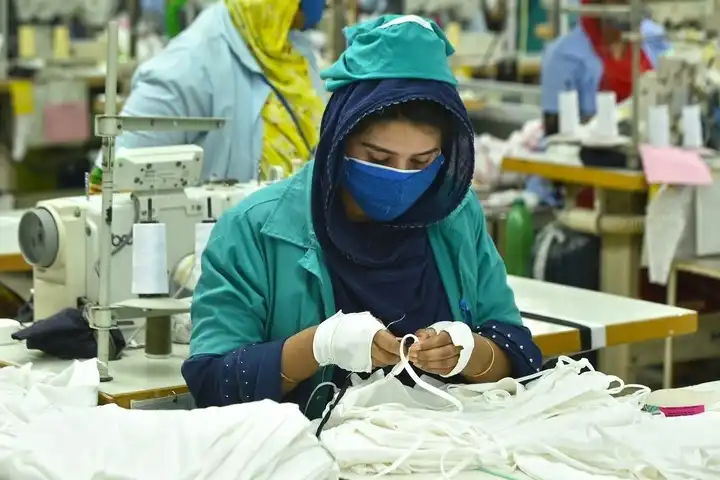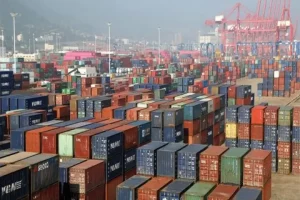Will Bangladesh aggressively scout for newer export markets for its readymade garment sector? At present about 80 per cent of exports of RMGs are directed to the US and European countries. But with rapidly changing geopolitical dynamics, many in the industry have voiced their opinion for establishing new markets at the earliest.
Notwithstanding the Covid 19 pandemic, Bangladesh has increased its apparel exports to the US last year.
But now the US regulation, banning all imports from Xinjiang last month has now caused worries for Bangladeshi RMG exporters.
For China, 85 per cent of cotton comes from Xinjiang.
The Uyghur Forced Labor Prevention Act (UFLPA) signed by US President Joe Biden in December last year establishes a “rebuttable presumption that the importation of any goods, wares, articles, and merchandise mined, produced, or manufactured wholly or in part in the Xinjiang Uyghur Autonomous Region of the People’s Republic of China, or produced by certain entities, is prohibited by Section 307 of the Tariff Act of 1930 and that such goods, wares, articles, and merchandise are not entitled to entry to the United States.”
“Diversification of the export market is critical especially given the current world order and for Bangladesh this is a given as it will now have to prepare for exiting the LDC (least developed countries) list,” an analyst in Dhaka told India Narrative.
Bangladesh, Vietnam, Nigeria and Cambodia are among the top cotton export market for China. These countries in turn export readymade garments to the US and the European countries.
Meanwhile, data collation portal Trading Economics revealed that India’s exports of cotton to Bangladesh in 2021 stood at $3.74 billion. It increased from about $1.6 billion in 2020. In 2019 it was less than that. While several Bangladesh importers have been keen to increase supplies from India, New Delhi needs to act fast. “One of the main concerns is that the deals and the process (within India) are time consuming compared to other countries,” he said.
For Bangladesh, this sector will be even more critical, as Dhaka starts gearing up to exit the UN’s list of LDC by 2026.
The industry has not only contributed to the overall growth story of Bangladesh but has also created four million jobs, majority of whom are women. Dhaka must also focus on modernising the industry.
Also read: As an energy crisis rocks Bangladesh, will Russia become a saviour?
Will the Russia-Ukraine war hamper Bangladesh's readymade garment exports?




















